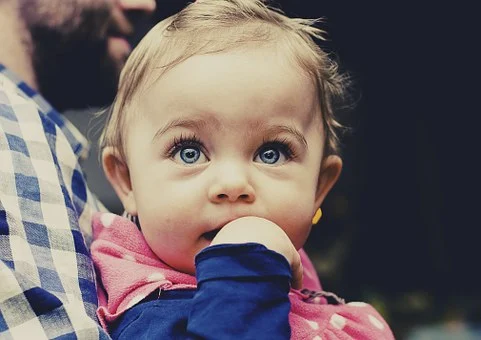Timing for Eye Examination in Children
Eye examination can be done at any age from the moment the baby is born. Of course, visual examination cannot be done by reading letters in infants, but apart from visual acuity examination, all layers of the eye can be examined in detail as in adults. Even an eye examination can be performed under general anesthesia if necessary.
It is a disease that can result in retinal tears and premature blindness by the development of new, bleeding-prone, dysfunctional vessels in the eye after birth, as the development of retinal vessels in premature, i.e. premature and low-birth-weight babies has not been completed yet. Early diagnosis is important and premature babies should be examined from the first weeks of life.
The critical examination age for children without strabismus, cataract, ptosis, prematurity, etc. is 3-3.5 years. In eye disorders detected at this age, especially in cases where the difference in number between the two eyes is high, a blurry image is transmitted to the brain from that eye because the eye with the higher number will see blurry, and a clear image comes to the brain from the other eye. After a while, the brain deactivates the blurry image as soon as it perceives it, and the situation we call laziness occurs in that eye. If the number difference between the eyes is over 3.00 degrees, laziness is inevitable. If this situation is detected early (3-3,5 years old), amblyopia can be prevented by adjusting the glasses, closing the healthy eye, and operating the low vision eye, and the eye regains the ability to see. The critical ages for closure treatment are 3-6 years old. Even if the closure is performed after the age of 7-8, the possibility of an increase in vision is very low since the lazy eye settles.
Since children cannot detect low vision in one eye, it is impossible for the family to notice it unless there is a strabismus in the eye. Eye examinations in children should be done by dripping drops and dilating the pupil. Latent hyperopia is common in children and may be low in dropless measurements and may be overlooked.
School success in children with eye disorders will also be low. Before starting primary school, another eye examination must be done.
A strabismus examination should also be done in a child’s eye examination. In some types of strabismus, even if the child cannot express it fully, the involuntary head position to prevent double vision, the fact that the head is turned to one shoulder or tilted, is a sign of hidden strabismus in that child. When strabismus is treated, the head position also disappears.
The fact that children with strabismus close their eyes in the sun or in excessive light also aims to prevent double vision, which occurs due to the increased shift in the eye in the light or in the sun.
